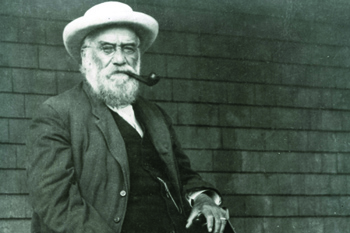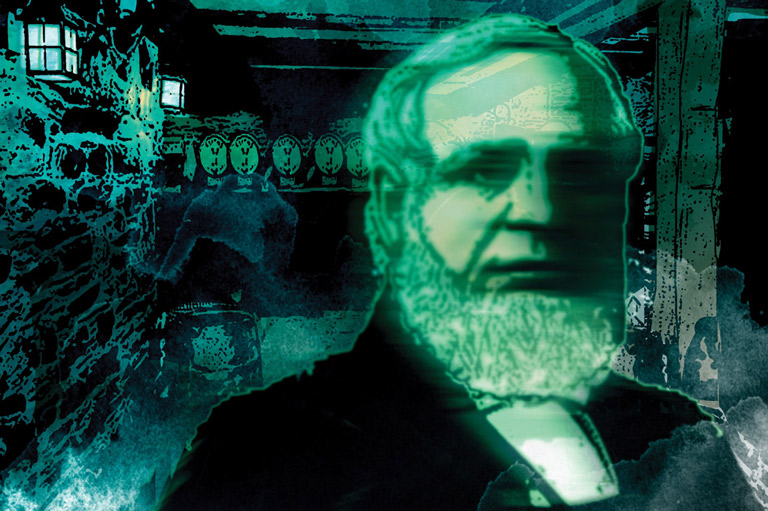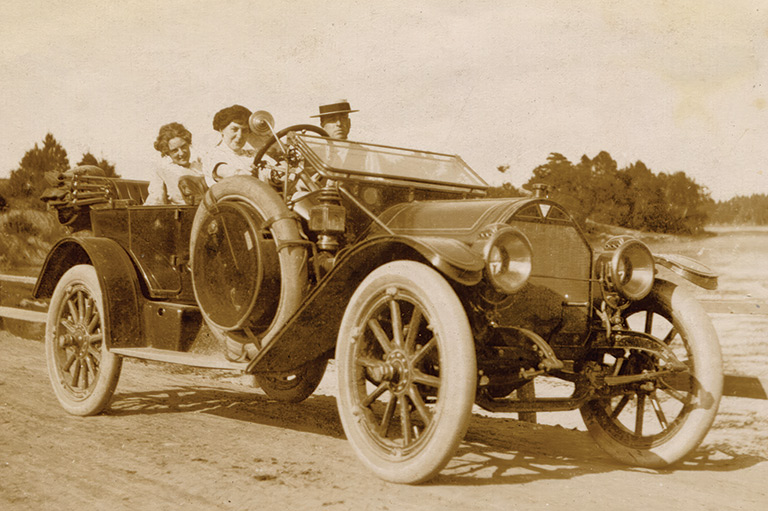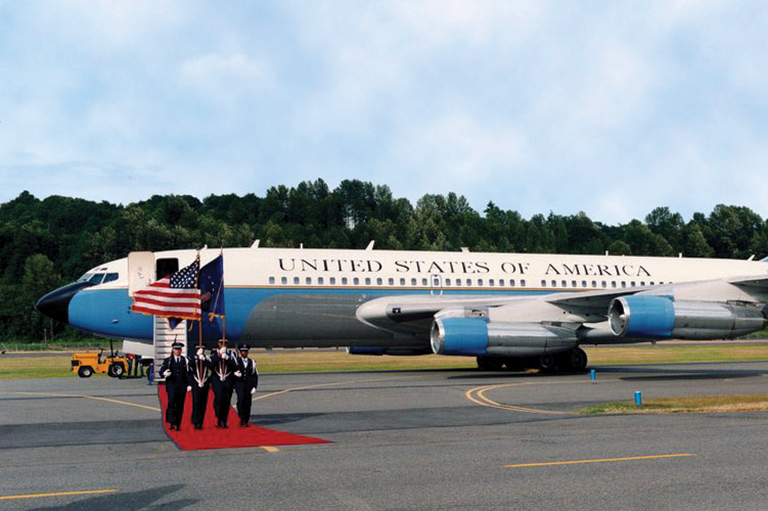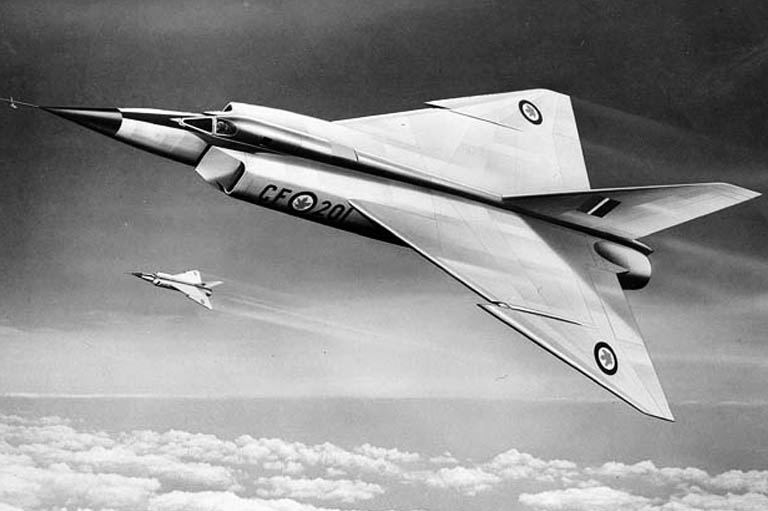Enchanted Canoe
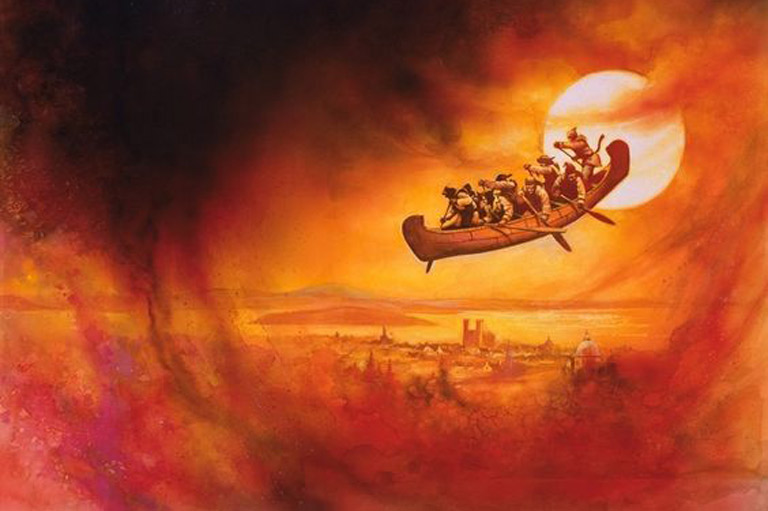
From the very beginning of settlement in New France, tales of bewitched canoes flying through the air were part of folklore. Their origin was a combination of an Indigenous legend about a flying canoe and a folktale from France about a hunter condemned to be chased through the night skies for eternity because he went hunting on a Sunday during High Mass.
Over time, homesick coureurs de bois and voyageurs apparently adapted the tale to suit their needs. A well-known version of the folktale known as “La Chasse-galerie” was written by Honoré Beaugrand in 1892. In this story, a group of woodcutters make a deal with the devil to quickly fly them home to their sweethearts on New Year’s Eve. They are warned not to mention God’s name or touch a church steeple — if they do, the devil will possess their souls.
The men arrive home and attend a party, where they merrily dance all night long. When it comes time to return to work, they get back in their magic canoe and fly home. However, the drunk navigator just misses a church steeple and swears. The others fear losing their souls to the devil and tie the drunken man up. Meanwhile, the canoe crashes into a tall pine tree and all its occupants are knocked unconscious. They eventually wake up in their beds, unhurt.
With 7 uniquely curated newsletters to choose from, we have something for everyone.
Themes associated with this article
Advertisement

